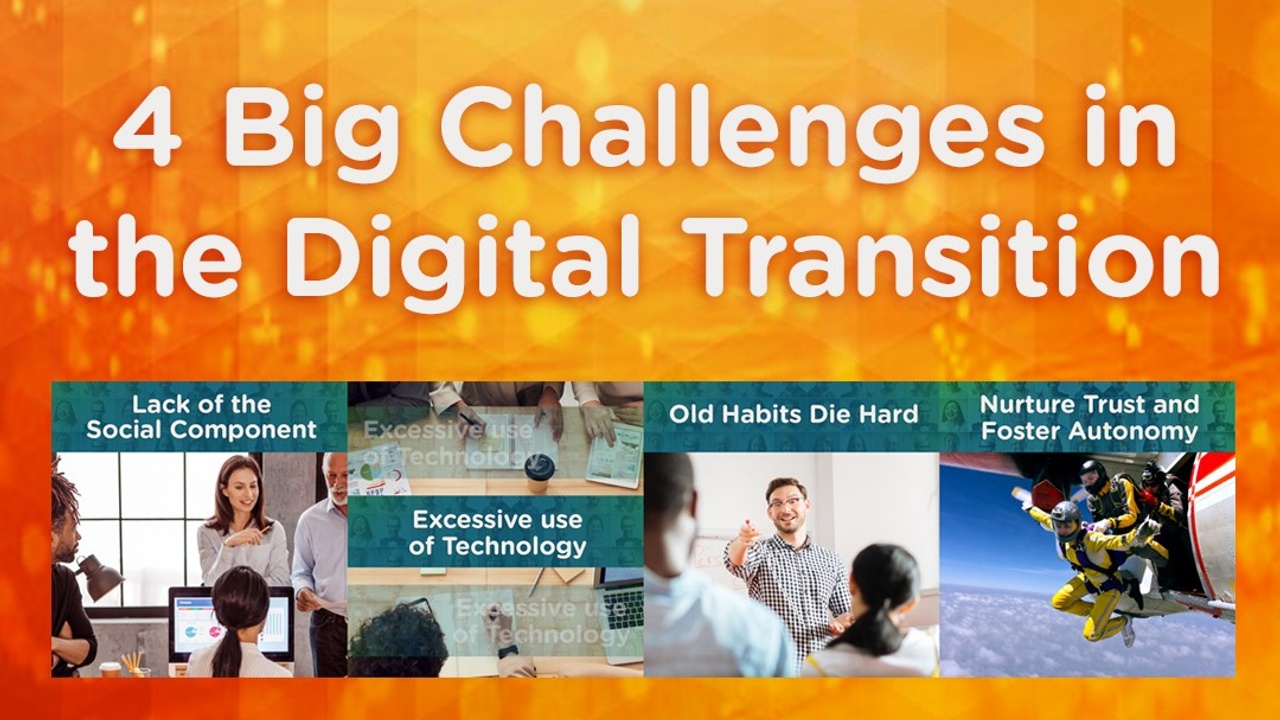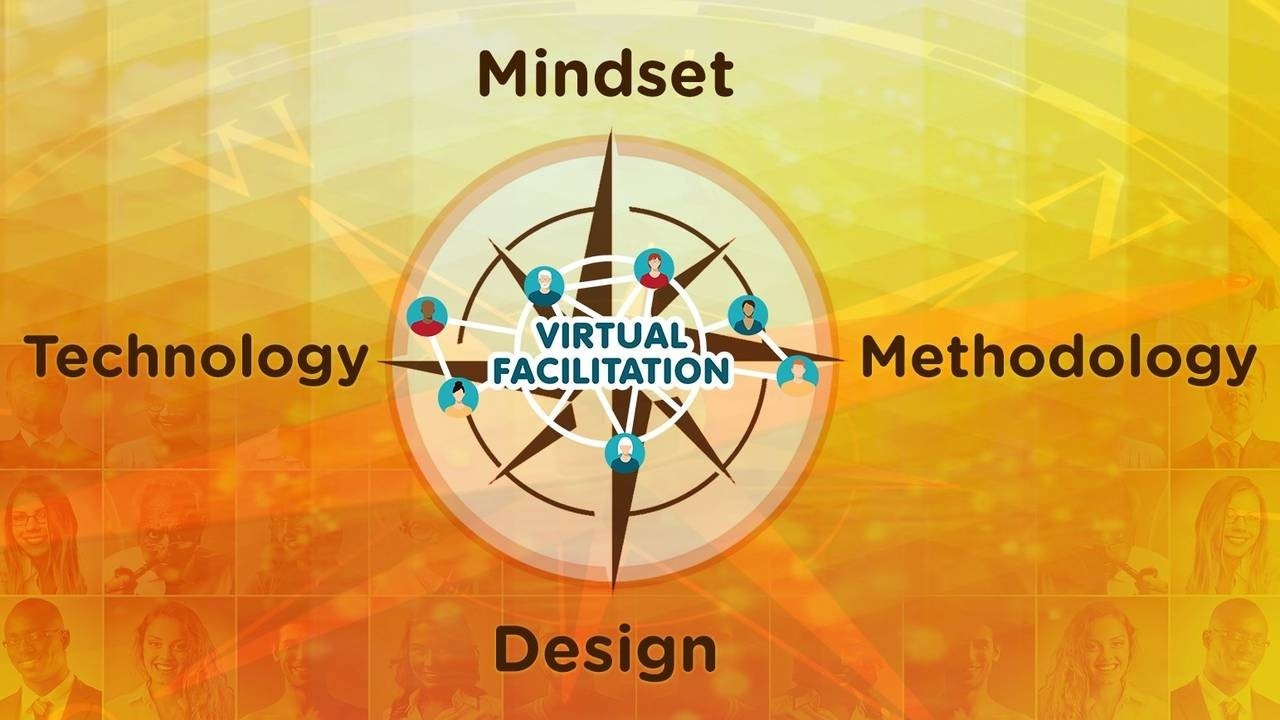A push for the virtual environment. Really?

Coronavirus impacts are only beginning all over the world, affecting trade and industry globally.
This situation challenges companies, schools, NGOs and public agencies to change their routine. Emergency solutions are being applied to protect employees and limit the spread of the virus. In the United States most business trips are suspended, and employees asked to work from their own homes. The same is happening in Europe and Asia.
Some may think this will be a push for more remote work, using the virtual environment, or ‘going online’ as some say.
My opinion is very much in line with Magda Sowierszenko, Head of Marketing and Communications at Remote-How. In her excellent article (link here) she says:
We have always said this and we will repeat it over again: you can’t just give people laptops, send them home, and hope they will figure out how to work together organically. Successful implementation of remote work requires guidance, processes...
The 4 Big Challenges in the Digital Transition

The transition to the virtual environment is not trivial. For many organizations, it is still full of uncertainties and insecurities. Our clients talk frequently about the limitations and problems while trying to perform their activities as it was previously done. We know from experience that this transition is hard and uncomfortable. But we also know that after a certain threshold, this changing process becomes exciting and even fun.
A big part of our work nowadays is to support professionals and organizations to overcome some barriers while adapting workshops, events and meetings into an online version. Working with people from different countries and cultures, we noticed some patterns, which we identified as the main challenges in the transition from face-to-face to the virtual environment:
- Lack of the Social Component
- Excessive use of Technology
- Old Habits Die Hard
- Nurture Trust and Foster Autonomy
Let’s take a look at each one to be aware of the challenges, and...
Our Compass in Virtual Facilitation

Since 2018, we held over 80 Cohorts in our Virtual Facilitation Workshop, training more than 1,000 professionals in 3 languages. On this journey, aiming to equip Facilitators, Educators and Consultants, we identified fundamental dimensions of Virtual Facilitation. At first, these dimensions were two: Technology and Methodology.
Technology
Perhaps this is the first and most obvious layer, as all virtual interactions happen mediated by hardware (computer, camera, headphones, etc.) and software (video conferencing platform, word processor, whiteboard, etc.). There are many options, and it keeps evolving every day. For technophiles, a paradise. For technophobes, a nightmare. The bottom line is: you need to understand and master some fundamental tools.
Methodology
For those with a background in facilitation, it is common to have a wide range of methods, processes, theories and approaches to work with groups. And of course, this ‘bag of tricks’ keeps growing over time....
